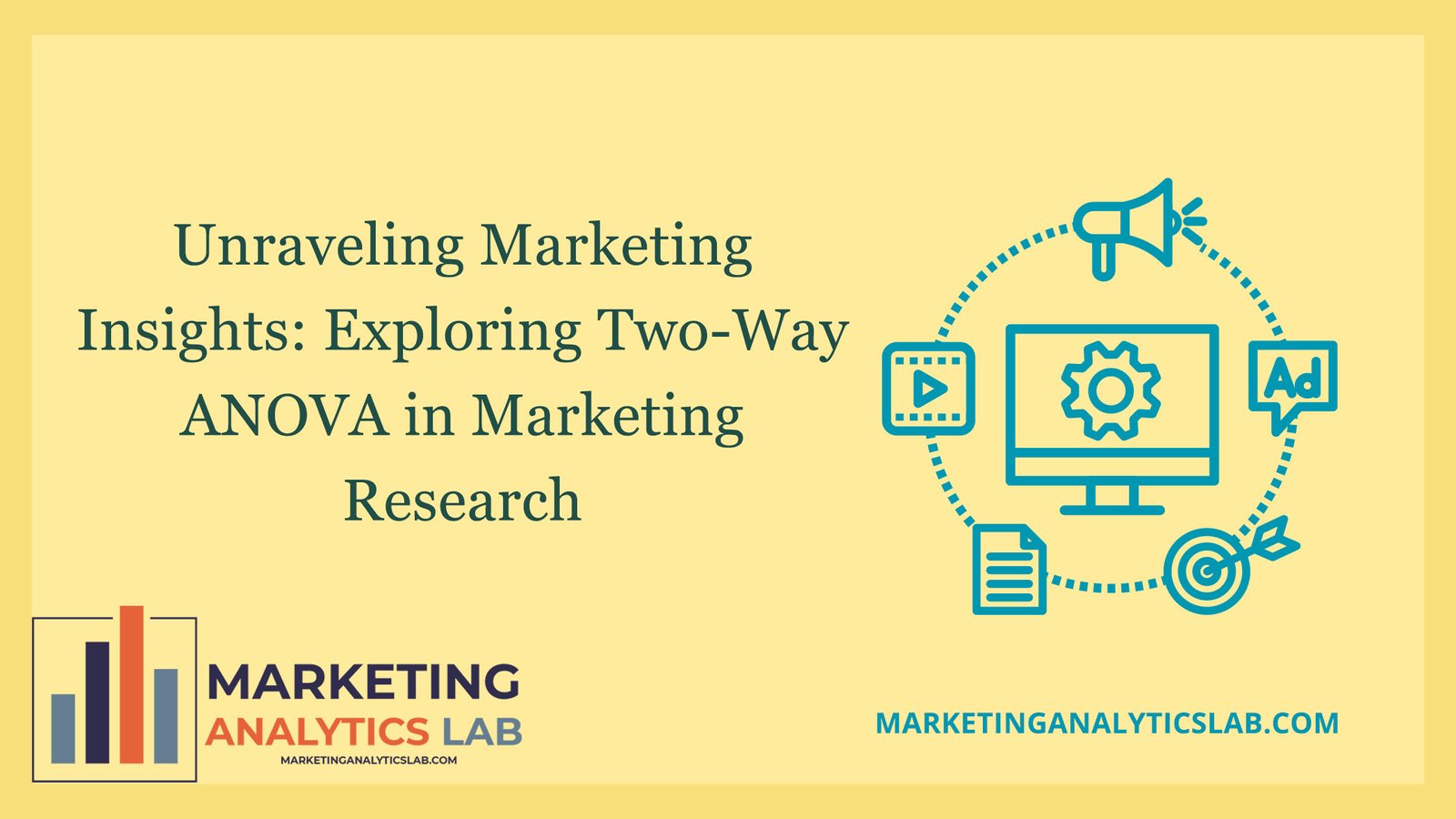Understanding the Importance of Two-Way ANOVA in Marketing Research
Two-way ANOVA, or analysis of variance, is a statistical technique used in marketing research to analyze the effects of two independent variables on a dependent variable. In the field of marketing, where multiple factors can influence consumer behavior and purchasing decisions, Two-way ANOVA allows researchers to understand the interactions between these variables and their impact on the outcome of interest. By using this method, marketers can gain valuable insights into consumer preferences, trends, and behaviors that can inform strategic decision-making.
One of the key benefits of using Two-way ANOVA in marketing research is its ability to identify any significant interactions between the independent variables and the dependent variable. This is crucial for marketers looking to understand how different factors may work together to influence consumer behavior. For example, a marketer may want to investigate how both price and product features affect customer satisfaction. Two-way ANOVA can help reveal if there is a significant interaction between these two factors, providing deeper insights into how they jointly impact consumer perceptions and preferences.
Furthermore, Two-way ANOVA allows marketers to control for potential confounding variables that may influence the relationship between the independent and dependent variables. By accounting for these factors, researchers can ensure that the results of their analysis are more accurate and reliable. This helps marketers make more informed decisions when developing marketing strategies, targeting specific customer segments, or optimizing product offerings. Overall, Two-way ANOVA is a powerful tool for uncovering hidden patterns and relationships in marketing data, leading to more effective and targeted marketing campaigns.
Applying Two-Way ANOVA to Uncover Valuable Marketing Insights
In practice, applying Two-way ANOVA in marketing research involves designing experiments or surveys that manipulate two independent variables and measure their effects on a dependent variable. For example, a retail company may conduct a study to evaluate how both store layout and promotional offers impact customer purchasing behavior. By using Two-way ANOVA, researchers can analyze the data to determine the individual effects of each factor as well as any interactions between them. This can help the company understand which combination of store layout and promotions is most effective in driving sales.
Another common application of Two-way ANOVA in marketing research is in testing the effectiveness of different marketing strategies across multiple segments of the target audience. By analyzing the interactions between variables such as demographic characteristics, messaging, and pricing, marketers can tailor their campaigns to specific customer groups for maximum impact. This approach allows companies to optimize their marketing efforts by customizing messaging, promotions, and product offerings to meet the diverse needs and preferences of their customer base.
Overall, Two-way ANOVA is a versatile and powerful tool for uncovering valuable insights in marketing research. By examining the relationships between multiple variables, marketers can gain a deeper understanding of consumer behavior, preferences, and motivations. This knowledge can help businesses make data-driven decisions, improve customer engagement, and drive business growth. As the marketing landscape continues to evolve, Two-way ANOVA remains a valuable technique for unlocking the secrets hidden within marketing data and driving strategic success.

